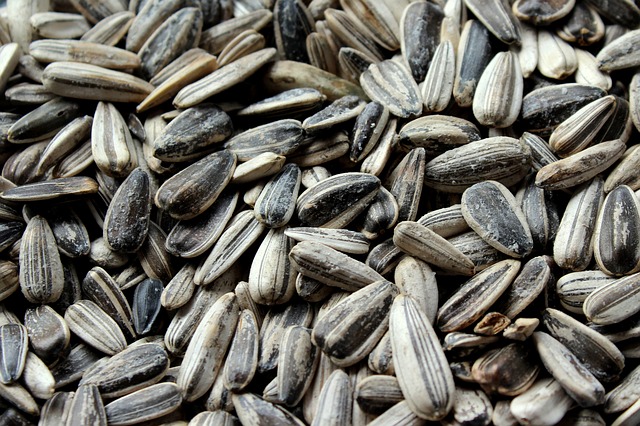
At the end of the season, my seed packets are typically all in a jumble. In the spring, I start things off with the intention of being ultra-organized, but as the season progresses, I don’t always have a spare moment to store everything correctly. I’m constantly needing to access seeds during the growing season as I succession sow and start seedlings to replace spent plants. Things, no doubt, get a bit messy, and conditions aren’t always ideal.
Now that winter is basically here, it’s time to sort and organize seeds in anticipation for the arrival of seed catalogs. It’s also time to think about storing seeds for the long cold season ahead. It’s a must for a frugal gardener. ed storage
Organizing
First, I sort through my current seed stocks to see what I have on hand. Is there anything that’s past it’s prime? Any empty containers or seed packets? I take note of those when the time comes to put in seed orders.
I like to keep all the information about my seeds in a Google Sheet. I can easily edit and make notes not only about whether I’m running low on a particular seed type but also about the time it takes for seeds to germinate and whether I’ve had luck with certain plants during the previous year.
I also take the time to consider what I plan to do with my garden in the new year. I keep the seeds I’m eager to plant within easy reach.
Storing
There are so many options for storing seeds. I used to use little laboratory jars I purchased for cheap on eBay to sort my seed supplies. The process was tedious, but it was very neat and organized. Everything was locked up in airtight containers, and everything remained very fresh. I still have some seeds in these containers, but I’ve gone back to keeping them in their packets for easy reference to planting and maturity info. It’s also less time-consuming. Prolonging freshness requires:
- A dry location (airtight if possible)
- A dark spot out of direct sunlight
- A cool ambient temperature
Storing your seeds with care will ensure you can use them past the packet ‘expiry’ date. Proper seed storage will save you money in the long run, so you’re not having to re-purchase the same seeds each year just because they’ve gone stale.
Come back next week for a post about seed ordering and how to tackle those incoming catalogs.

Steph Coelho is a freelance writer gardening in zone 5b. She is a certified Square Foot Gardener and has taught various garden-related workshops. When she’s not digging in the dirt or writing, she’s cooking up fresh produce, running, or listening to her favorite podcasts.
Leave a Reply